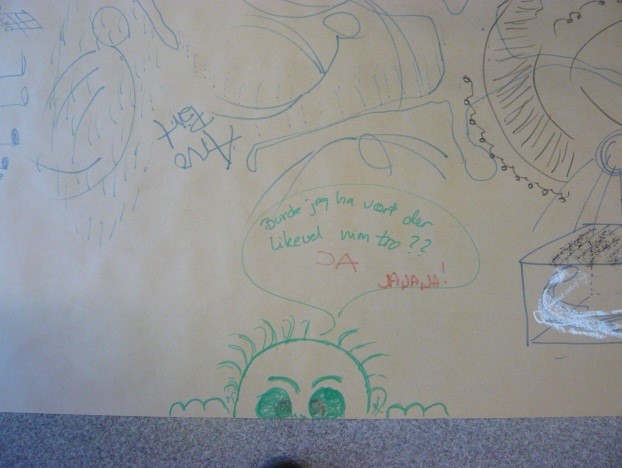Before and after Lightfoot/León. Using rich pictures to illustrate an educational journey through the world of opera and ballet
DOI:
https://doi.org/10.7577/formakademisk.679Keywords:
rich pictures, collaborative drawing, sociocultural approach to learning, transformation, opera, balletAbstract
In this article, we describe part of an action research project carried out during a classroom-based art course at a higher education institution. We gave the students themed collaborative drawing assignments, with the purpose of achieving a rich picture of what they associated with the notion of “going to the opera”. They completed assignments before and after attending a guided tour and a ballet performance at a famous opera house. We aimed to address two main research questions: a) How can the students’ understanding of opera and ballet develop through their experience of a ballet performance? and b) How can drawing activities in the classroom support collaborative learning and the students’ personal development? The data gathered involved three main elements: 1) the rich pictures themselves, 2) the teachers’ observations of the students and 3) the students’ reflections on the process. The study points towards a significant transformation of the students’ representation of the concept of opera, as illustrated in their drawings. We discuss how the students’ drawings may reflect their development in terms of attitude and their newly acquired knowledge of an artistic genre they knew little about, and suggest new avenues for further research.

Downloads
Published
How to Cite
Issue
Section
License
Authors who publish with this journal agree to the following terms:
- Authors retain copyright and grant the journal right of first publication with the work simultaneously licensed under a Creative Commons Attribution 4.0 License that allows others to share the work with an acknowledgement of the work's authorship and initial publication in this journal.
- Authors are able to enter into separate, additional contractual arrangements for the non-exclusive distribution of the journal's published version of the work (e.g., post it to an institutional repository or publish it in a book), with an acknowledgement of its initial publication in this journal.
- Authors are permitted and encouraged to post their work online (e.g., in institutional repositories or on their website) prior to and during the submission process, as it can lead to productive exchanges, as well as earlier and greater citation of published work (See The Effect of Open Access).
- The author(s) must manage their economic reproduction rights to any third party.
- The journal makes no financial or other compensation for submissions, unless a separate agreement regarding this matter has been made with the author(s).
- The journal is obliged to archive the manuscript (including metadata) in its originally published digital form for at least a suitable amount of time in which the manuscript can be accessed via a long-term archive for digital material, such as in the Norwegian universities’ institutional archives within the framework of the NORA partnership.
The material will be published OpenAccess with a Creative Commons 4.0 License which allows anyone to read, share and adapt the content, even commercially under the licence terms:
This work needs to be appropriately attributed/credited, a link must be provided to the CC-BY 4.0 licence, and changes made need to be indicated in a reasonable manner, but not in any way that suggests that the licensor endorses you or your use.



